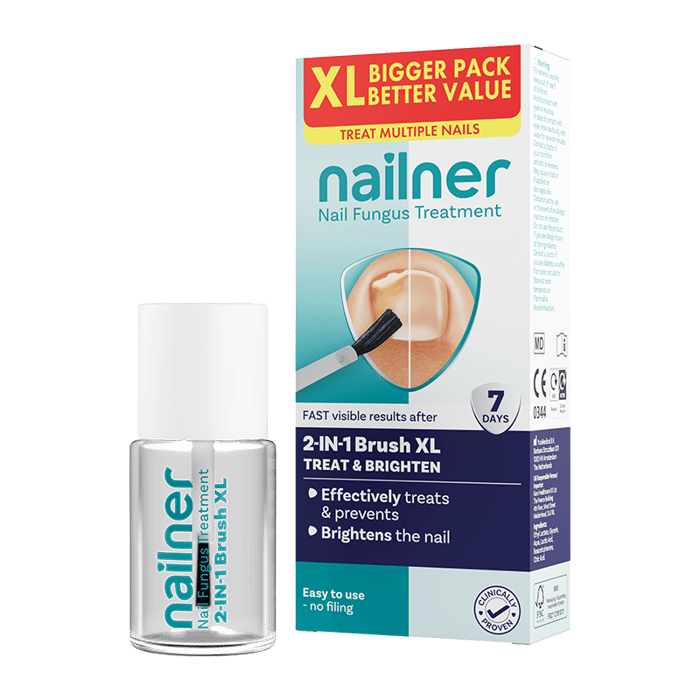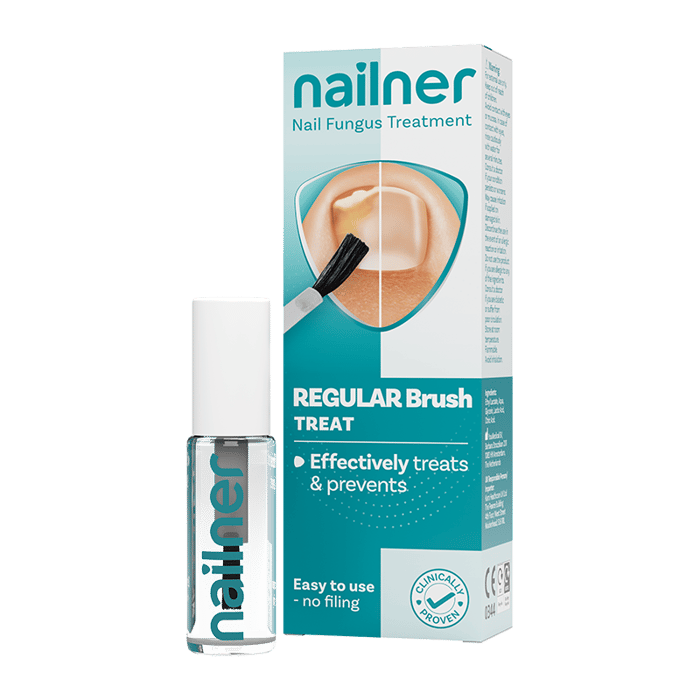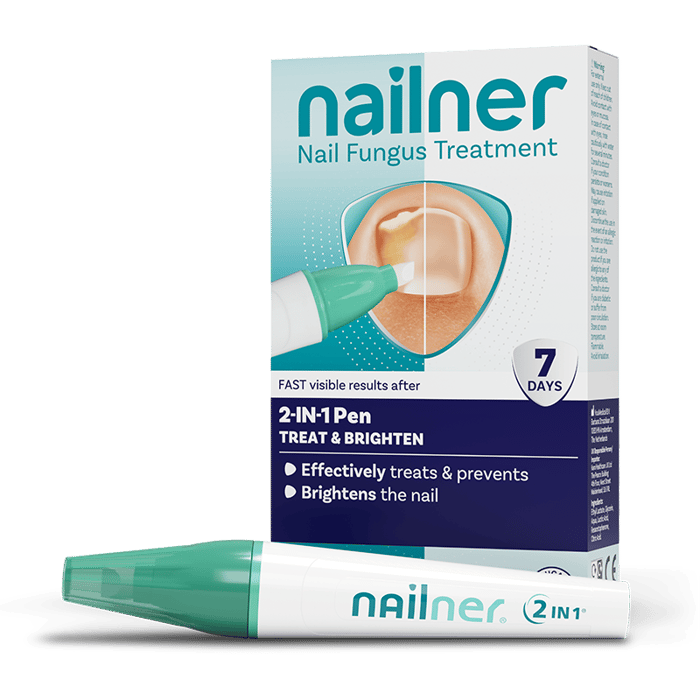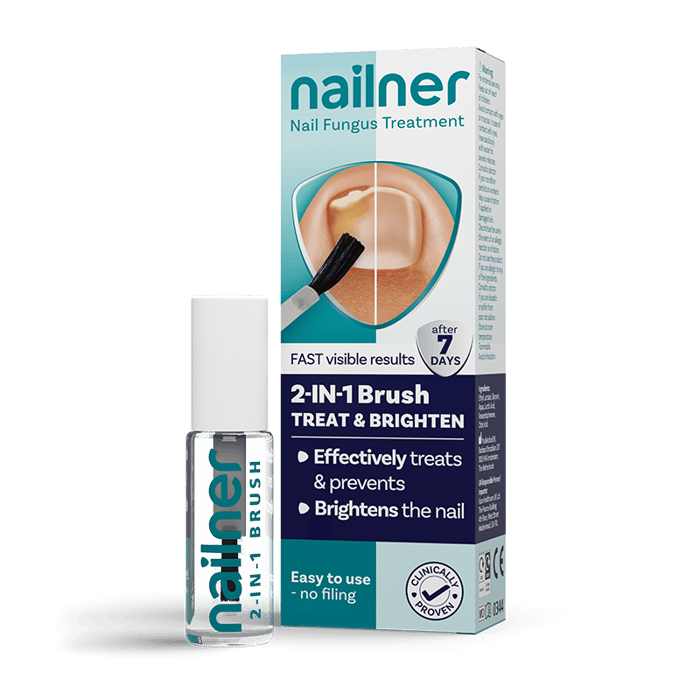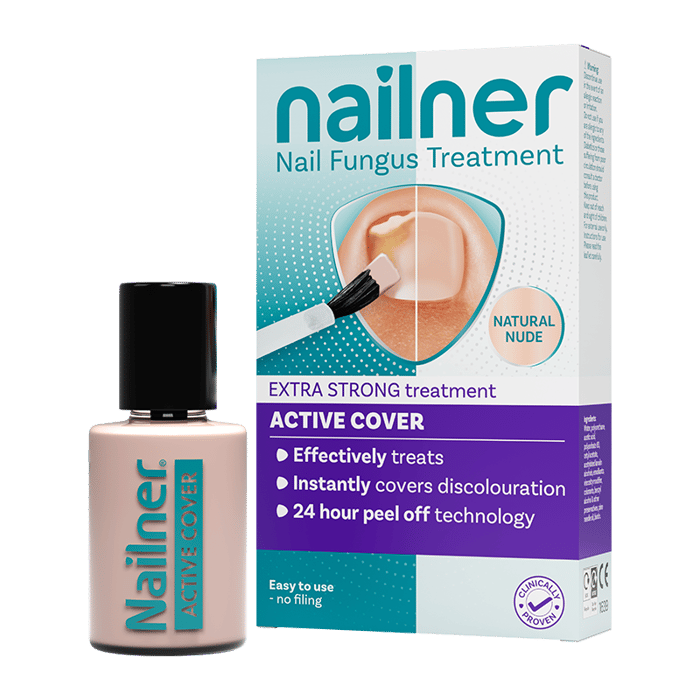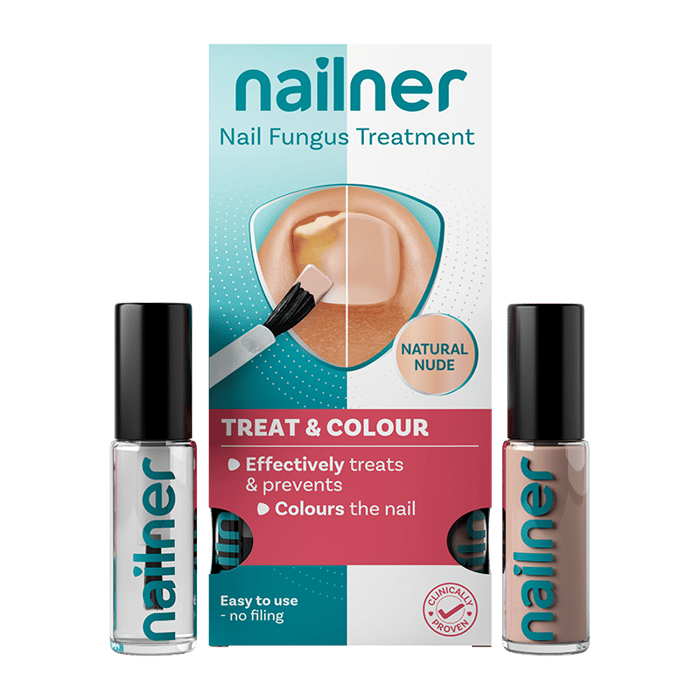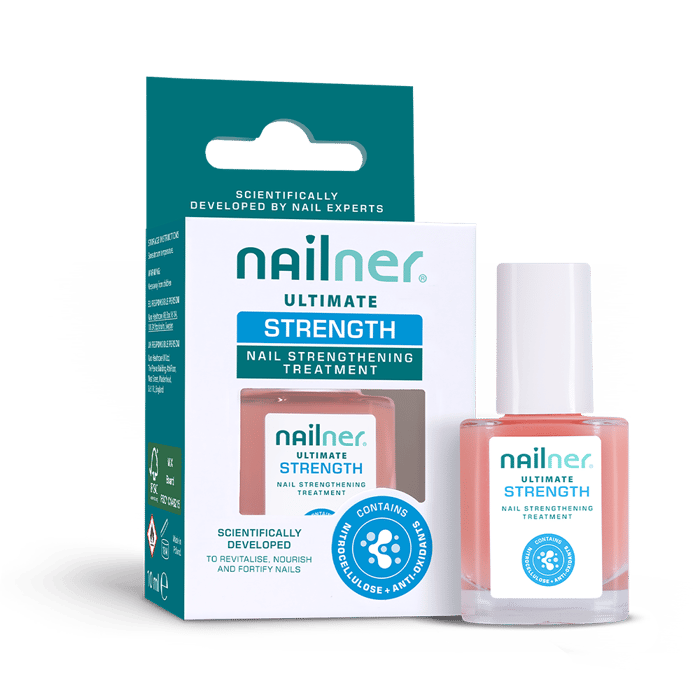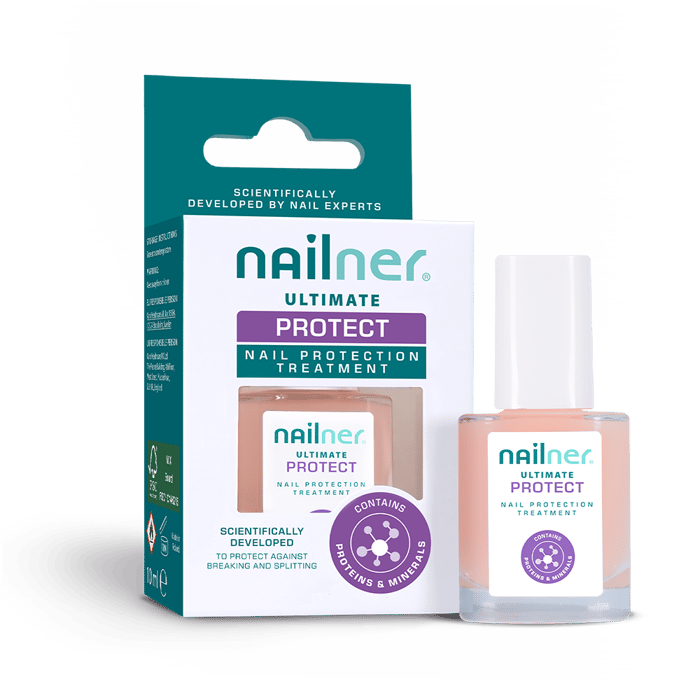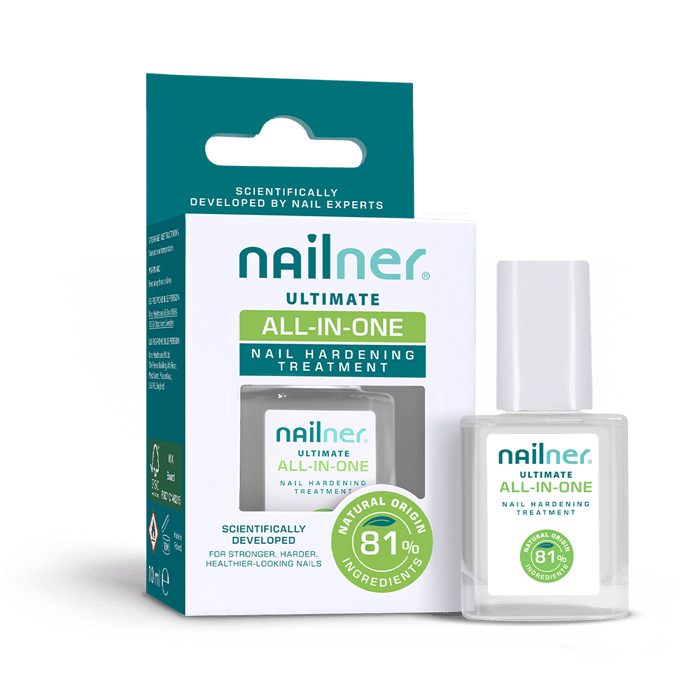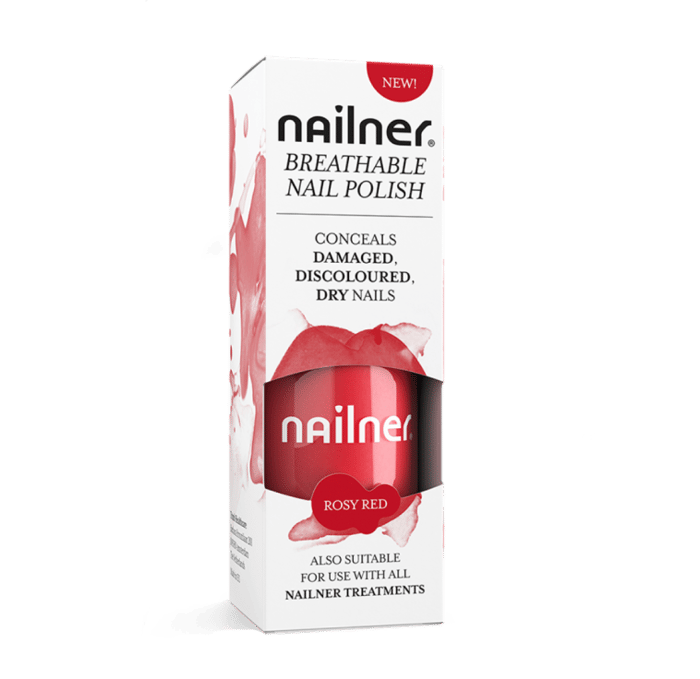Yellow Nails
Have your nails turned an unsightly shade of yellow?
While a healthy nail should be pale pink in colour, a yellow hue is a sign of an infection or a nail fungus.
Although this may sound unpleasant, a fungal nail infection is incredibly common and easy to treat.
That being said, there are other less common causes of yellow nails that you should know about, some of which can indicate an underlying health condition.
Symptoms of yellow nails
Yellow nails are instantly recognisable by the yellowing of the nails. Some people only experience yellow toenails, while others get yellow nails on their fingers and toes.
In most cases, the infection will start at the edge of the nail and then gradually spread to the middle.
As well as a change in colour, you may also notice that your nails start to become thicker and overly curved, or they may become brittle and start to break off.
In some people, yellow nails can also cause the surrounding skin to harden, which can cause some discomfort.
What Causes Yellow Nails?
There are several causes of yellow nails, ranging from fungus to lifestyle related causes.
Nail Fungus or bacterial infection
The most common cause of yellow nails is a fungal nail infection. Although these can be irksome, they are incredibly common and easily treatable.
If your nails are also flaking and/or you are experiencing an unpleasant odour, this is highly likely to be the cause of your yellow nails.
If you notice your nails turn yellow after a shower, especially a communal shower, then again, you are likely to have caught a fungal infection.
If fungal nail infections are left untreated, they can worsen and may cause the nailbed to retract, become thicker and crumble.
Stained by nail polish
Another fairly common cause of yellow nails, taking off old polish can leave your nails a nasty shade of yellow.
If you tend to use darker polishes, these are more likely to cause yellow nails than lighter shades.
If you have no other symptoms or discomfort and you regularly let nail polish build up on your nails, then this is the most likely cause of your yellow nails.
Smoking
As well as being bad for your overall health, smoking can also lead to the discolouration of your nails, teeth, and even your skin. It is the tar and nicotine that cigarettes contain that lead to this effect on your nails. In fact, nicotine yellow nails affect the majority of long-term and heavy smokers.
Again, if you have no other symptoms and you are a smoker, this could be the cause of your yellow nails.
Vitamin deficiencies
Certain vitamin deficiencies can cause yellow nails, although this is not very common. Most notably, a deficiency in vitamin H, vitamin E, and biotin can cause problems with your fingernails and toenails.
A blood test can determine if you have any vitamin or mineral deficiencies that could cause yellow nails.
More serious health issues
In rare cases, yellow nails can sometimes be a sign of a more serious health condition such as a thyroid problem, liver disease, or diabetes.
There have also been some cases of yellow nails lung cancer, breast cancer, and larynx cancer, but these are extremely rare.
If you have tried an over-the-counter treatment for your yellow nails and seen no improvement after two weeks, then you should book an appointment with your doctor to rule out any underlying conditions.
Certain medications
Some of the drugs causing yellow nails include anti-infective medications like tetracyclines, quinolones, clofazimine, and zidovudine. Psoralens and retinoids can also have this effect.
How to treat yellow nails?
The treatment that you need will be dependent on the cause of your yellow nails.
How to treat yellow nails caused by an infection
As the most common cause of yellow nails, your first course of action should be to try an over-the-counter antifungal medication such as Nailner. You do not need to see your doctor to get a prescription to buy these.
Depending on the severity of your infection, nail fungus can take anywhere from several weeks up to 12 months to fully cure. It takes time for the nail to fight off the infection and become healthy again.
While there are some prescription drugs that are used to treat yellow nails, including terbinafine (Lamisil) and itraconazole (Sporanox), both of these have been flagged by the FDA as potentially dangerous to the liver when used for a prolonged period of time.
How to treat yellow nails caused by smoking
It is the tar and nicotine that stains the fingers and nails, making them appear yellow or sometimes even brown. Although giving up smoking will prevent any further damage and improve your overall health, it will is unlikely to get rid of any yellow stains that have already occurred.
Instead, you can use a hydrogen peroxide solution to whiten your yellow nails.
How to treat yellow nails caused by a serious health issue
If you think that your yellow nails may be caused by an underlying health issue, then you should seek medical attention as soon as you can. Your doctor will be able to run the necessary tests to diagnose you and advise on the appropriate treatment.
How to treat yellow nails using home remedies
The quickest and most effective way to treat yellow nails caused by a fungal nail infection is with antifungal medication. However, if you would like to try a home remedy alongside this, there are several that you can choose from:
Tea tree oil
When used topically, tea tree oil is anti-bacterial, which means it can help with bacterial infections. To use this natural remedy, mix 1-2 drops of tea tree oil with a carrier oil such as coconut oil and apply it to the affected nails.
Baking Soda
Nail fungus thrives in acidic environments, so baking soda can be an effective remedy for preventing the spread of this infection. Simply soak your feet in hot water mixed with baking soda.
Hydrogen peroxide
If your yellow nails are caused by staining, then a hydrogen peroxide solution can help to whiten them. Just mix hydrogen peroxide into warm water and soak your nails to reduce the appearance of any stains.
Vitamin E
Vitamin E has been known to help improve the symptoms of yellow nail syndrome, a condition that causes the nails to become discoloured, thick, and ridged.
Who is most at risk of yellow nails?
Older adults aged 50 and above are more likely to experience yellow nails as a result of a fungal nail infection. That being said, yellow nails on an old person is not uncommon, and are sometimes this is a result of ageing rather than an infection.
Nail fungus can also occur frequently in children as they are less likely to practice good hygiene and often frequent local swimming pools.
How to prevent yellow nails
If your yellow nails are the result of a fungal nail infection, there are several steps that you can take to prevent this from happening again. These include:
- Trim your nails regularly
- Keep your fingers and nails clean from dirt
- Wear fresh socks each day
- Let your feet breathe when possible
- Limit your use of nail polish remover to once a week
- Only use hygienic nail tools and ensure your nail technician uses a new or sanitised kit
- Wear footwear that fits properly
- Avoid swimming in contaminated or dirty water
If your yellow nails are caused by stained nails, then you should:
- Invest in a clear base coat
- Apply a high-quality nail oil on a daily basis
- Do not leave your nail polish on for too long
- Opt for lighter nail polish shades or acrylics
When to seek medical attention for yellow nails?
In the vast majority of cases, you do not need to see your doctor for yellow nails. However, if you have tried a course of antifungal treatment and have not seen any signs of improvement after 10-14 days, you should make an appointment with your doctor for further tests.
If you notice any new and darkly coloured stripes on your nails, then you should see your doctor as soon as possible.
You should also see your doctor if you experience any of the below additional symptoms:
- Bleeding
- Pain
- Changes to the shape or thickness of the nail plate
- Swelling
Yellow Nails FAQs
What is yellow nail syndrome?
Yellow nail syndrome is a rare disorder of the nail which is typically accompanied by lymphoedema. If you have this condition, you may experience swollen feet, yellow nails, and swelling in the legs.
While yellow nail syndrome can affect anyone, it is much more common in people over 50.
The main symptoms of yellow nail syndrome might include the yellowing and thickening of the fingernails or toenails. You may also notice a curve in the nails, nails that stop growing, and/or the loss of the cuticles.
Can wearing nail polish cause yellow nails?
Yes, wearing nail polish can cause your nails to discolour and appear yellow. This is more common in people who wear nail polish for long periods of time and those who favour darker shades.
Why are my toenails yellow?
If your toenails are yellow, it is highly likely to be due to a fungal nail infection. Affecting around 10% of the population, you can treat fungal toenail infections with an over-the-counter medication such as Nailner. These do not require a prescription and are highly effective at treating a fungal infection.
You can choose between oral antifungal medication, which you swallow, and topical antifungal medication, which is applied directly to the affected area.
How to clean yellow nails from smoking?
Smoking can lead to a yellowing of the nails and surrounding skin, which can be upsetting for those affected. To clean yellow nails from smoking, you first need to stop smoking to prevent any further discolouration. You can then apply a hydrogen peroxide solution to whiten the nails.
What medication turns your nails yellow?
There are a few medications that can cause nail disease and the yellowing of the nails, including psoralens, thiazide diuretics, oral contraceptives, retinoids, and fluoroquinolone antibiotics.
How to get rid of yellow nails overnight?
Most cases of yellow nails are caused by a fungal nail infection which unfortunately cannot be cured overnight. If you do have an infection, the quicker you start using an antifungal treatment such as Nailner, the better.
You can also help to speed up the healing process by keeping your fingers and nails clean and free from dirt and by refraining from using nail polish until the infection has completely cleared up.
What causes a toddler to have yellow nails?
If your toddler has yellow toenails, they may have a toenail fungus. This is common in children who walk around barefoot in public pools, as these fungi thrive in warm and moist environments.
A fungal infection can easily be treated with a topical antifungal medication that can be applied directly to the affected area.

